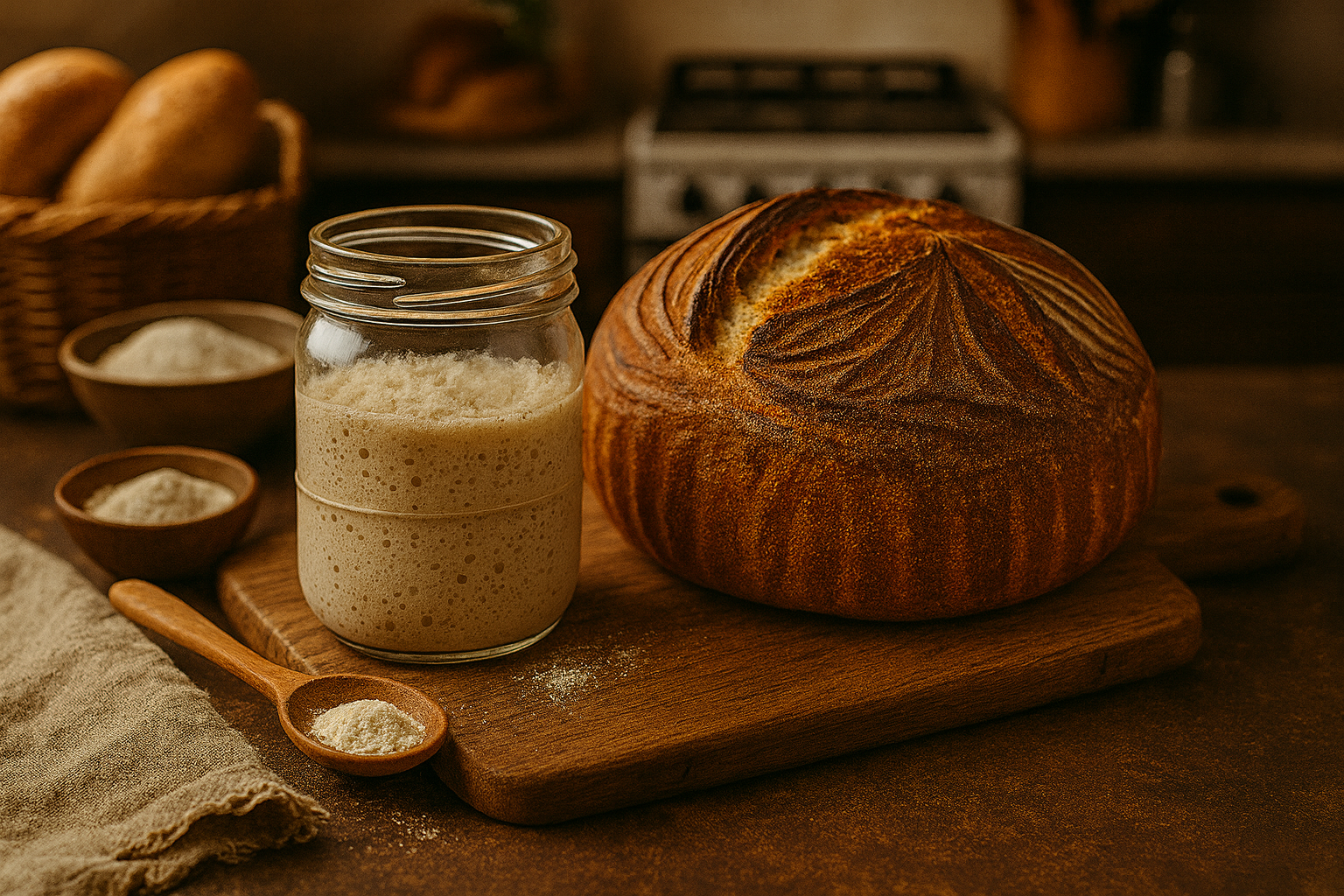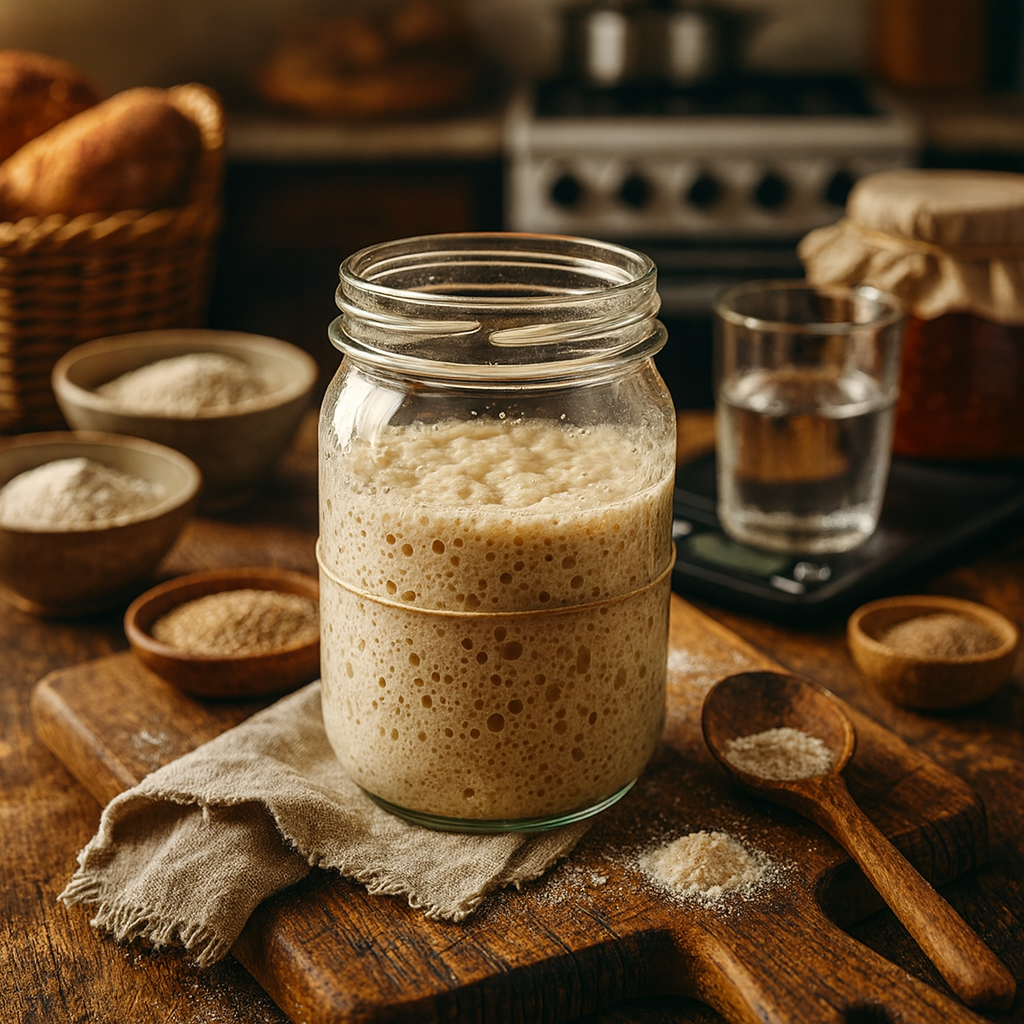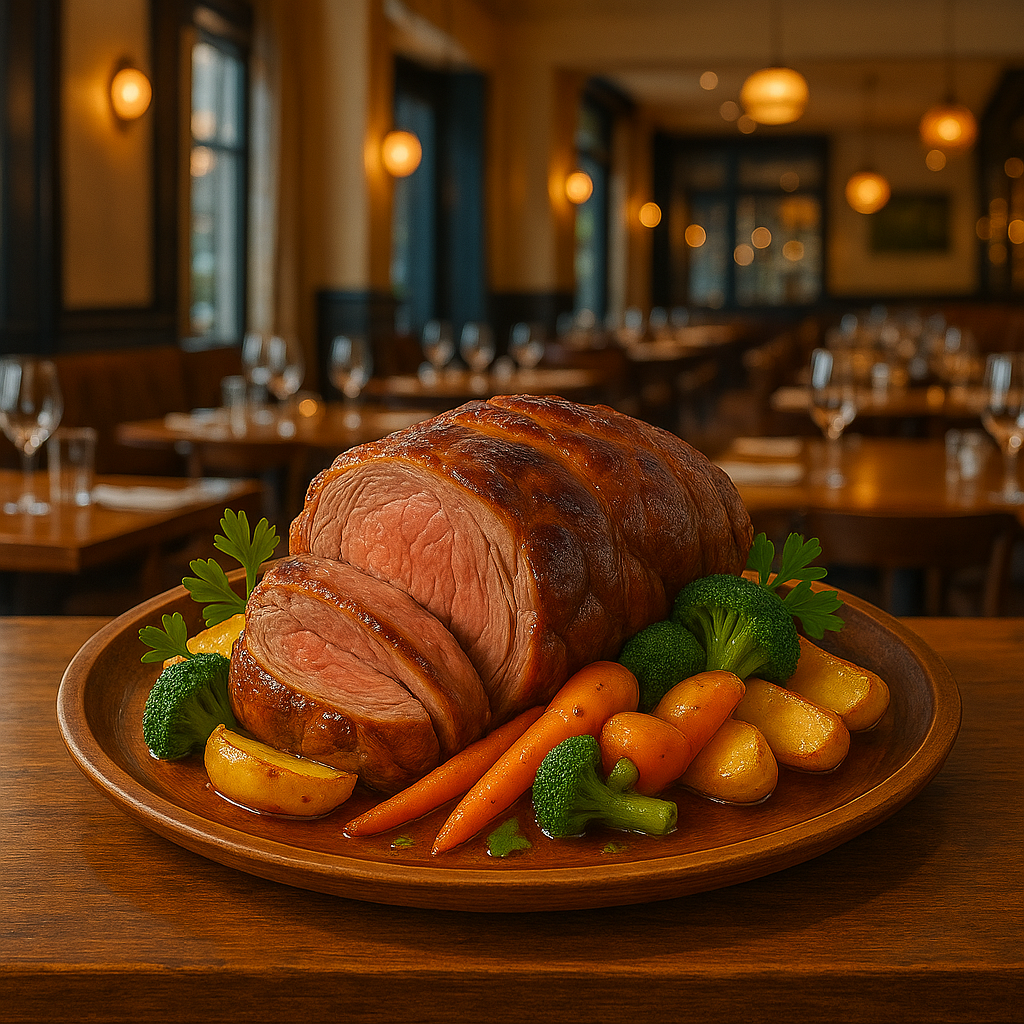Table of Contents
Introduction to the Art of Pairing
The pairing of wine and chocolate represents a refined aspect of culinary arts that enhances the sensory experience associated with both indulgences. As two of the most revered components of the gastronomic world, wine and chocolate possess complex flavor profiles that, when combined thoughtfully, can elevate one another to unparalleled heights. This intricate dance between the two necessitates an understanding of their respective characteristics, making the art of pairing both challenging and rewarding.
When considering wine, different varietals offer a spectrum of tastes, aromas, and textures that can complement or contrast with various chocolate styles. For instance, bold red wines may harmonize beautifully with dark chocolate, with the rich cocoa flavors softening the tannins of the wine, creating a seamless experience on the palate. Meanwhile, lighter wines, such as certain whites or rosés, can offer a refreshing counterpoint when paired with creamy chocolates, enhancing their silkiness and sweetness.
Italian wines, in particular, stand out in the world of wine and chocolate pairing due to their diverse profiles, which range from robust to delicate. This versatility allows enthusiasts and novices alike to explore a myriad of combinations, each promising a unique tasting experience. The tradition of winemaking in Italy has resulted in rich and varied selections that can be matched with an array of chocolate types—from the deep intensity of dark chocolate to the nuanced notes found in milk and white varieties.

Overall, mastering the art of pairing Italian wine and chocolate involves more than mere experimentation; it is about understanding the intrinsic qualities of each element. By doing so, one can create a memorable occasion that celebrates the delicious interplay between two of life’s simplest yet most luxurious pleasures.
Understanding the Basics of Wine and Chocolate Pairing
Pairing wine and chocolate involves more than mere preference; it is a nuanced art grounded in flavor profiles, textures, and the science of taste. Both wine and chocolate have complex taste attributes that can complement or clash with one another, enhancing the overall gourmet experience when matched correctly. Central to the process are critical elements such as acidity, sweetness, bitterness, and body, which should be considered to achieve balance.
Acidity in wine can brighten the profile of a chocolate pairing, cutting through richness and enhancing overall flavor. For example, a red wine with higher acidity can complement a dark chocolate with a higher cocoa content, creating a delightful contrast that uplifts both elements. Conversely, chocolates that are too sweet may overpower lower-acidity wines, disrupting the harmony inherent in a well-structured pairing. Understanding the acidity levels of various wines is essential for creating balanced combinations.
Sweetness is another crucial factor. Chocolates come in varying sweetness levels, and choosing a wine to match can significantly impact the tasting experience. A robust, sweet dessert wine may work beautifully with a milk chocolate that possesses a gentle, creamy texture. Balancing sweetness is vital; wines that are excessively sweet can overwhelm dark chocolates, which often carry drier, more bitter notes.
Bitterness, especially prominent in dark chocolate, can contrast with the sweetness of dessert wines or be tempered by tawny ports. The interaction between bitter and sweet can draw out unique flavors and create a more profound tasting experience. Lastly, the texture also plays a role; a lighter-bodied wine may pair nicely with airy, delicate chocolate, while a full-bodied wine can stand up to the richness of fudge-like varieties. These foundational principles of pairing wine and chocolate must be meticulously considered to unlock the full potential of both ingredients.
The Rich Tradition of Italian Wines
Italy is renowned for its rich culinary heritage, and its wine production is no exception. Boasting a diverse array of terroirs, Italy’s geography and climate create ideal conditions for cultivating various grape varieties. From the sun-kissed vineyards of Tuscany to the cooler regions of Trentino-Alto Adige, each area contributes unique characteristics to the wines produced. The country’s commitment to tradition and innovation in winemaking fosters a landscape where history intertwines with modern techniques.
Italy is home to some of the most famous grape varieties in the world, such as Sangiovese, Barbera, and Nebbiolo, which yield robust red wines that are often rich in flavor and complexity. On the other hand, varieties like Pinot Grigio and Verdicchio produce delightful white wines known for their refreshing qualities and aromatic profiles. The range of Italian wines offers something for every palate, allowing for a plethora of pairing options, particularly when it comes to chocolate. Each wine is crafted with an understanding of the grape’s unique characteristics, soil conditions, and climatic influences, resulting in a spectrum of flavors from bold and earthy to light and floral.
Additionally, Italian winemaking traditions often celebrate the connection to regional cuisine, thus enriching the overall gastronomic experience. Wines like Amarone della Valpolicella hold a deep, velvety note, perfect for pairing with dark chocolate, while a delicately structured Prosecco complements milk chocolate’s sweetness. The juxtaposition of the complex, nuanced flavors in Italian wines with various chocolate types fosters an exquisite gourmet experience. This intricate relationship symbolizes the dedication Italians have to their wine-making culture and underscores the beauty of carefully pairing Italian wines with chocolate.
Choosing the Right Chocolates for Pairing
When embarking on the exquisite journey of pairing Italian wines with chocolate, understanding the different types of chocolate is paramount. Chocolates generally fall into three main categories: dark, milk, and white, each possessing unique flavor profiles, qualities, and characteristics that can either enhance or detract from the wine experience.
Dark chocolate, often favored for its intense flavors, contains a higher percentage of cocoa—typically ranging from 60% to 90%. This richness can create a delightful contrast to the fruity and acidic notes found in many Italian wines. The bitterness of dark chocolate can beautifully complement the tannins present in full-bodied reds, such as Barolo or Brunello di Montalcino. When selecting dark chocolate, consider opting for varieties with greater than 70% cocoa, as these will provide a more pronounced depth of flavor, balancing the sweetness of the wine.
Milk chocolate, known for its creamy texture and sweeter taste, offers a different experience. With a lower cocoa content, often around 30% to 40%, milk chocolate tends to pair well with lighter wines like Prosecco or Moscato. The creaminess can smoothen the sharpness of certain wines, offering a harmonious balance. When choosing milk chocolate for pairing, look for high-quality brands that use real cocoa butter and recommend those that keep sugar content relatively low to avoid overpowering the wine.
White chocolate, while technically not a true chocolate due to its lack of cocoa solids, boasts a sweet and buttery flavor. Its subtle taste can create a soothing pairing with dessert wines like Vin Santo or sweet styles of wine. It is essential to select white chocolates crafted from high-quality ingredients to retain richness without excessive sweetness. Ultimately, understanding these various chocolate types and their flavor profiles is essential for crafting a delicious Italian wine and chocolate pairing experience.
Classic Pairings: Tried and Tested Combinations
The pairing of Italian wine and chocolate is a celebration of rich flavors and textures, where each complement enhances the other. One of the most renowned combinations is Barolo, a full-bodied red wine from the Piedmont region, paired with dark chocolate. Barolo, known for its robust tannins and nuanced notes of cherry, rose, and earth, pairs exquisitely with the bitterness of high-quality dark chocolate. This contrast not only balances the sweetness of the chocolate but also elevates the wine’s complex flavor profile, creating a harmonious experience on the palate.
Another classic pairing is Prosecco, celebrated for its effervescence and fruity notes, with white chocolate. The light, bubbly nature of Prosecco, with its hints of apple, pear, and floral undertones, enhances the creamy richness of white chocolate, leading to a delightful, refreshing taste. This combination is particularly suitable for celebratory occasions and serves as an excellent end to a meal. The sweetness of the chocolate draws out the fruity aromas of the Prosecco, making for a delightful interplay of flavors that captivates the senses.
Chianti Classico, with its bright acidity and cherry flavors, also finds a wonderful partner in milk chocolate. The wine’s acidity cuts through the creaminess of the chocolate, creating balance and enhancing the overall tasting experience. Chianti’s moderately tannic structure complements the smoothness of milk chocolate, while the wine’s earthy notes deepen the flavors, offering a rich and satisfying combination.
Lastly, Vin Santo, a traditional dessert wine, pairs beautifully with almond-studded chocolate biscotti. The sweet and nutty flavors of the chocolate resonate with the caramel and dried fruit notes in Vin Santo, creating an indulgent conclusion to any Italian meal. These classic pairings highlight the versatility of Italian wines and chocolates, encouraging exploration of a gourmet experience that is both timeless and delightful.
Creative Pairings: Thinking Outside the Box
When exploring the enticing combination of Italian wine and chocolate, it’s crucial to move beyond conventional pairings to discover innovative combinations that can elevate the tasting experience. While traditional pairings, such as red wines with dark chocolate or dessert wines with milk chocolate, have their merits, venturing into unique pairings can lead to delightful surprises and a broader appreciation of both culinary elements.
One intriguing approach is to pair sweet dessert wines, like a luscious Vin Santo, with spiced chocolates. The rich, honeyed sweetness of the wine beautifully complements the complexity of spices such as cinnamon, chili, or cardamom present in the chocolate. This unexpected pairing not only enhances the flavors but also adds an element of adventure to the tasting experience, inviting the palate to explore the layers of flavor created by the interplay of spice and sweetness.
Another creative option is to match sparkling wines, such as Prosecco or Franciacorta, with unconventional chocolate varieties. The effervescence and acidity of the sparkling wines can balance and elevate flavored chocolates infused with notes like citrus, raspberry, or even floral elements. This contrast creates a refreshing experience that appeals to both wine and chocolate enthusiasts, challenging the traditional notions of pairing.
For those seeking a savory twist, consider pairing robust, full-bodied Italian red wines with dark chocolate that contains a hint of sea salt or nibs of roasted espresso. The saltiness and bitterness of the chocolate can highlight the wine’s tannins, resulting in a robust and satisfying combination that evokes rich, complex flavors.
These creative pairings reveal the versatility of both Italian wine and chocolate, demonstrating that innovation in the culinary arts can lead to remarkable experiences. With a willingness to explore and experiment, the possibilities for delightful pairings are endless, allowing for personalized and memorable tasting adventures.
Hosting an Italian Wine and Chocolate Tasting Event
When considering hosting an Italian wine and chocolate tasting event, the first step is to establish a theme that resonates with your guests. This could be centered around specific Italian regions known for their viticulture, such as Tuscany or Piedmont, which are renowned for their exquisite wines and artisan chocolates. Alternatively, you could choose a seasonal theme, celebrating warm summer evenings or cozy winter nights with appropriate wine and chocolate pairings.
Atmosphere plays a crucial role in creating an enjoyable tasting experience. Select a setting that invites conversation and exploration. Soft lighting, a curated playlist of Italian music, and comfortable seating arrangements can enhance the ambiance. Consider using elegant tableware, such as stemless wine glasses and decorative platters for the chocolates, to elevate the overall aesthetic of the event. Arranging the chocolates and wines in an accessible manner encourages guests to experiment with different combinations, fostering an interactive experience.
Food pairings are essential components of a successful tasting event. In addition to the wine and chocolate, consider offering palate cleansers like fresh fruits or nuts and light hors d’oeuvres that complement the flavors. For example, antipasto platters featuring cured meats and cheeses can enrich the tasting experience. Furthermore, ensure that the chocolate varieties include a range of flavors and cocoa content to allow attendees to discover their preferences. Pairing dark chocolates with full-bodied reds and lighter chocolates with white or sparkling wines showcases the complexities of each pairing.
Presentation is key in a tasting event. Clearly label each wine and chocolate, providing brief descriptions that highlight their origin and tasting notes. This adds an educational component to the event, transforming it into a gourmet experience. Encourage guests to take notes on their favorites, which can serve as a delightful memento and foster future discussions about the wines and chocolates.
Health Benefits of Wine and Chocolate: A Sweet Indulgence
Both wine and chocolate, when consumed in moderation, are celebrated not only for their indulgent flavors but also for their potential health benefits. Wine, particularly red wine, is rich in antioxidants such as resveratrol and flavonoids. These compounds are known to combat oxidative stress in the body, potentially reducing the risk of chronic diseases. Moderate wine consumption has been linked to improved heart health, as it may help lower bad cholesterol levels, increase good cholesterol, and enhance blood circulation. Moreover, studies suggest that these antioxidants can contribute to better blood sugar control and support overall cardiovascular wellness.
On the other hand, dark chocolate is another powerhouse of health benefits. It contains high levels of flavonoids, which are also antioxidants that can contribute to heart health. Dark chocolate may lower blood pressure, improve blood flow to the heart and brain, and enhance cognitive function. Furthermore, it has been associated with improving mood and providing a sense of pleasure due to the presence of compounds like phenylethylamine. This combination of healthful components offers a compelling reason to consider incorporating dark chocolate and wine into a balanced diet.
However, it is essential to emphasize the importance of mindful indulgence. While both wine and chocolate have beneficial properties, overconsumption can lead to adverse health effects. Moderation is key, as excessive intake of sugar from chocolate or alcohol from wine can counteract their positive attributes. Enjoying these gourmet experiences mindfully allows one to relish the flavors and health benefits without compromising overall well-being. By savoring the exquisite taste of fine wines paired with quality chocolate, individuals can discover a delightful path to sophistication and health.
Conclusion: Elevating Your Gourmet Experience
Pairing Italian wine with chocolate presents a unique opportunity to elevate your culinary experiences, transforming simple moments into sophisticated indulgences. As explored in the various segments of this blog post, the harmonious relationship between these two elements can lead to delightful surprises and enhancements of flavor. Each wine and chocolate combination has the potential to unveil new layers of taste that make your palate rejoice.
Italian wines, renowned for their rich history and varied terroirs, offer an exceptional backdrop for the sweetness and complexity of chocolates. Whether you are considering a full-bodied Barolo with dark chocolate or a fruity Prosecco paired with a delicate milk chocolate, the key lies in understanding the profiles of both the wine and the chocolate. By selecting pairings that enhance each other, you can create an immersive tasting experience.

The act of pairing is not merely about following guidelines or established norms; it is an invitation to explore. We encourage readers to step into this culinary adventure by experimenting with their own combinations. Perhaps you will discover an unexpected pairing that speaks to your unique taste preferences. It is this spirit of exploration that makes the art of wine and chocolate pairing so rewarding and enjoyable.
Moreover, sharing your discoveries with friends or fellow enthusiasts can foster a communal appreciation for these gourmet delights. Engaging in tasting events or simply hosting a small gathering can enhance the experience further, allowing for collective excitement and shared knowledge. As you embark on this delectable journey, remember that the joy lies not just in the results, but also in the exploration itself. Embrace the process, and let your imagination lead the way to countless delightful pairings ahead.





